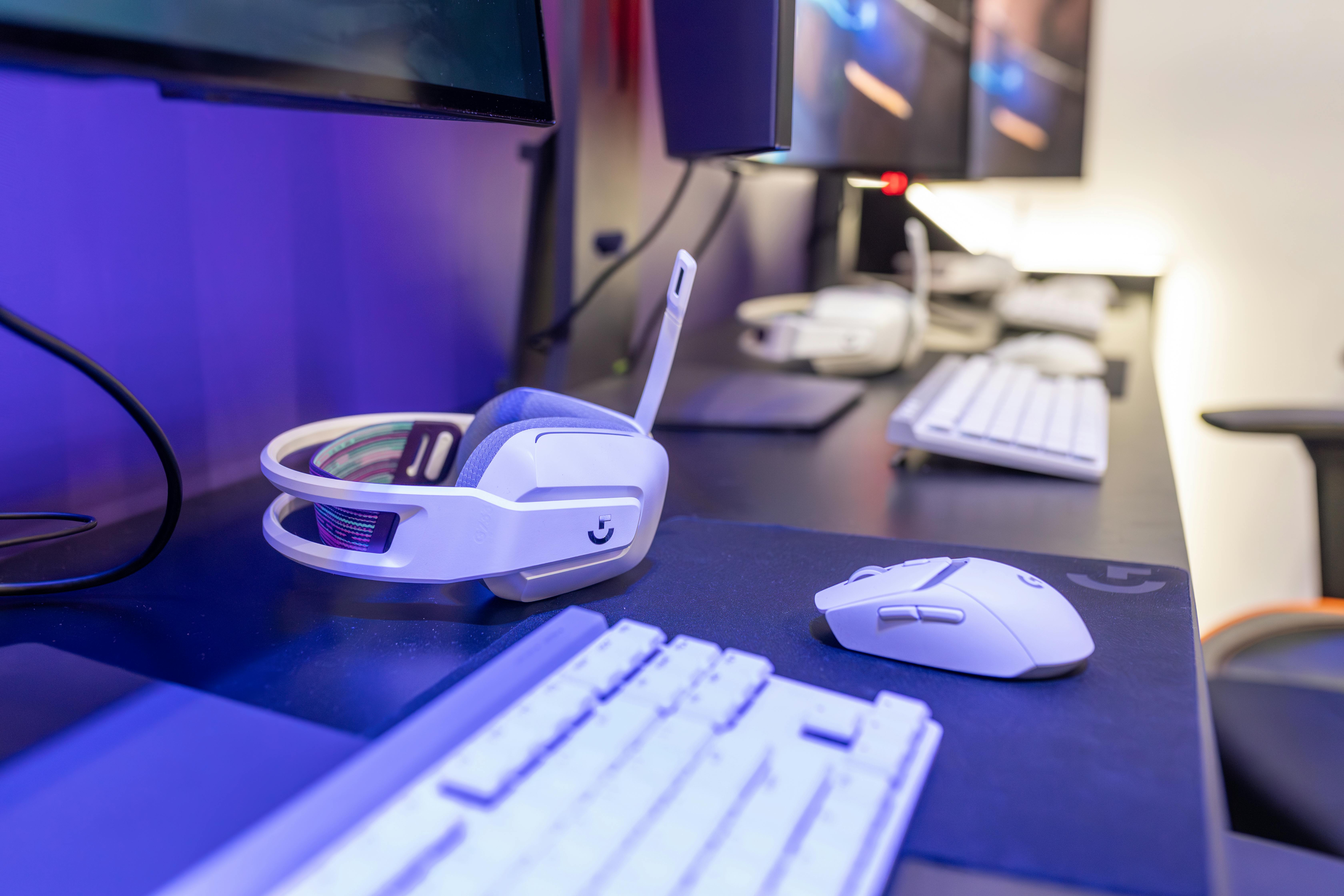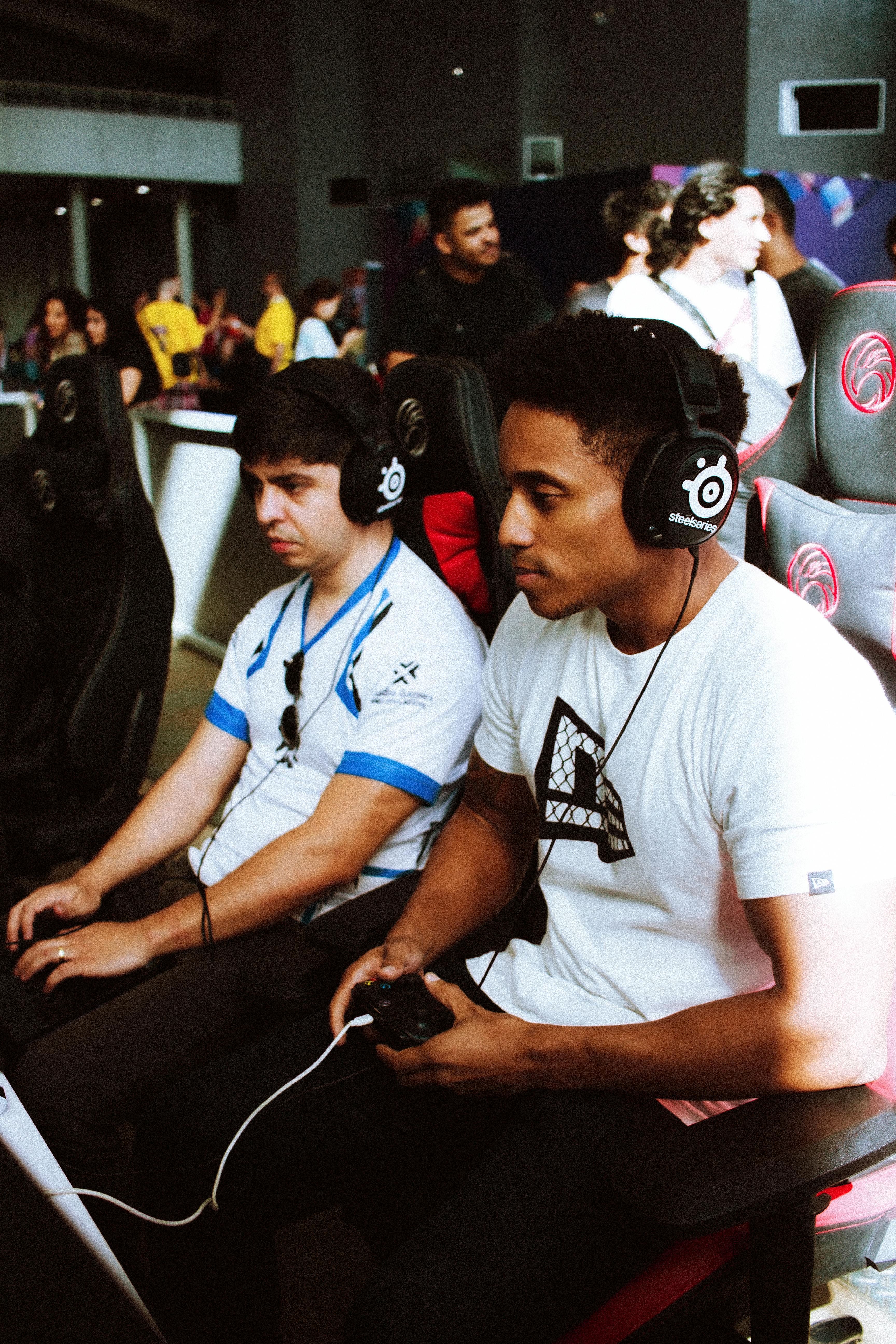South Korea Esports: Proven Strategies Powering Global Gaming Growth
Picture this: It’s a humid Saturday in central Seoul, the city is buzzing, and you can practically feel the pulse of digital energy all around you. Walking past rows of neon-lit PC bangs—the legendary gaming cafés where teenagers and CEOs alike lose themselves for hours in virtual combat—what strikes me is not just the sheer number of high-end machines, but the discipline, ambition, and professional focus in each face peering at the screen. That’s what makes South Korea’s gaming industry the world’s esports lodestar. I’ve spent years working in and around digital media, but nowhere else have I seen gaming woven so tightly into the urban fabric, driving business growth, brand innovation, and reshaping global perceptions about how games are made and monetised1.
Honestly, the global esports scene wouldn’t look anything like it does now if not for Korea’s unique mix of risk-taking, relentless practice, and “fan-first” strategy. What I’ve discovered is that behind every world-class League of Legends championship or billion-dollar brand launch sits an ecosystem—built of government policies, business alliances, marketing genius, and deeply held cultural values. Do most Western analysts see that? Not really. But it’s the difference between being a spectator and knowing how champions are made.
Before we dig into the specifics—the business models, the player pipelines, the cross-border expansion—let’s lay out a clear map of what you’ll get here. Whether you’re a startup founder in New York wondering how to break into Asia, a European game designer eyeing overseas partnerships, or a curious fan just craving insight into what makes Korean esports…well, so much better, this guide’s for you.
PC Bang Culture: Korea’s Esports DNA
Let’s kick off with one of the most quintessential scenes in Korean gaming history—the PC bang. Back in the late 1990s, when broadband internet was more aspiration than reality for most countries, South Korea’s government rolled out ambitious infrastructure plans2. That timing wasn’t accidental: the Asian Financial Crisis was hammering the economy, and tech was the obvious future lifeline. As a direct result, millions got hooked up to blistering high-speed connections, fueling the rise of hundreds of gaming cafés—all tightly packed into the bustling districts of Seoul, Busan, and Incheon3.
In my own client work, I’ve watched middle schoolers train for championship aspirations five nights a week, right alongside professional streamer teams prepping for branded tournaments. The tech? Always cutting edge—top graphics cards and ergonomic setups months before US cafés even see them. What’s more, there are streamlined payment apps, branded snacks, and exclusive game launches designed for Korean audiences. The key lesson: physical spaces matter. There’s a tangible sense of community and mutual learning in these rooms, where knowledge, strategies, and genuine passion get handed down. I can’t help but respect that fusion of grassroots training and serious commercial ambition.
- Community-driven skill-building that nurtures talent
- Hardware innovation standards (the newest tech, always first)
- Social rituals: friend-group tournaments, communal food breaks
- Café loyalty programs tied directly to game publishers
National Gaming Policies & Regulations
Okay, let’s step back for a moment. While it’s tempting to chalk Korea’s esports success up to enthusiastic gamers and fast internet, the real driver is strategic policy-making. The government’s heavy investment in technological infrastructure during the 1990s laid the foundation, but by the early 2000s, gaming had become so popular that lawmakers needed to address everything from intellectual property to player welfare5.
One landmark decision was the creation of the Korean e-Sports Association (KeSPA). I’ll be completely honest: I underestimated how revolutionary centralized governance could be until I saw KeSPA’s system firsthand. It’s not merely about hosting tournaments; it’s about certifying leagues, setting ethical guidelines, protecting minors, and ensuring fair revenue distribution. When compared to North American or European fragmentation, Korea’s model is “what gets measured, gets managed” writ large.
In summary, Korea’s state-industry synergy is the gold standard. It’s also not static. Regulation adapts—to new monetization models, live streaming trends, and the growing reality of international contracts. Fast, bold, sometimes risky. But always proactive—a pattern Western policymakers could really learn from, frankly.
Business Models Fueling Growth
Moving on—as someone who’s both witnessed and worked inside esports business negotiations, the Korean approach to monetization and scaling brand partnerships consistently stands out. South Korean publishers, like NCSoft and Krafton, have built breakout hits (think “Lineage” and “PUBG”) that not only dominate domestically but set new revenue benchmarks abroad6. What’s clever isn’t just the games themselves, but the evolving business strategies layered into every launch and brand alliance.
- Publisher/developer alliances keep talent pipelines flowing
- Global tournaments as marketing engines signal new releases
- Cross-platform integration boosts reach (mobile, console, PC)
- Exclusive content partnerships: music, K-pop, TV drama tie-ins
What really excites me is how these firms aren’t confined to old-school boundaries. For example, when Samsung entered the esports realm, it wasn’t just about sponsorship—it was about building entire branded teams, cultivating superstar talent, and using digital platforms for direct fan engagement. The learning curve, at least for me, was understanding Korea’s willingness to experiment, fail fast, and try again, while maintaining relentless market focus8.
Revenue Structures: Comparison Table
| Modell | Major Korean Example | Global Applicability | Herausforderungen |
|---|---|---|---|
| Freemium/Microtransactions | League of Legends Korea, MapleStory | High; adopted widely in Asia and West | Balancing user experience vs. revenue |
| Tournament Marketing | OGN, LCK (LoL Champions Korea) | Rising; now standard in major leagues | Sustaining audience growth over time |
| Subscription/Season Passes | PUBG Korea Pro League | Growing; especially in mobile games | Pricing tier fragmentation |
| Branded Merchandise | Samsung Galaxy Esports | Exploding worldwide | Logistics and IP protection |
Here’s the thing: Korean brands innovate around the entire experience—a lesson global companies are still learning. Western teams sometimes think sponsorship alone builds lasting business value. In Korea, brand alliances extend into content, education initiatives, media platforms, and fan community rewards. That’s where authentic loyalty—and repeated revenue—take much deeper root.
Brand Innovation & Marketing Tactics
Brand innovation is South Korea’s undisputed home turf. When SK Telecom T1 won the world title in League of Legends, it wasn’t just a win for the players—it was a multi-billion won marketing coup, launching merchandise, signature drink deals, and massive social media campaigns. What gets me is how Korean brands leverage storytelling and team heroics to create emotional hooks—the kind that fans remember for life10.
- Integrated multimedia storytelling—drama series, influencer tie-ins, K-pop collaborations
- Event-based marketing synced with game launches and global tournaments
- Direct-to-fan engagement—livestreamed coaching sessions, Q&A events, Discord chatrooms
A quick anecdote: At a recent gaming expo in Busan, I watched a team of Korean marketers coordinate an interactive booth where fans not only met their favourite streamers but participated in live challenges—every moment captured for Instagram and TV highlights. The whole experience felt both spontaneous and utterly precise. Western conventions rarely pull off that kind of emotional resonance.

Globalization: Korean Esports Goes Worldwide
Let me think about this—Korean esports’ global rise isn’t simply about exporting players. It’s about transforming how entire industries think about talent, distribution, and fan culture. In the last five years, teams like Gen.G and T1 moved headquarters, set up content studios in Los Angeles, and forged cross-continental sponsorships that redefined what esports business models could be11. What stands out isn’t just the size of deals, but the trust and regulatory alignment behind them.
- Partnerships with global tech giants (Google, Intel, Samsung)
- International talent pipelines—scouting and coaching in EU, North America, China
- Exporting tournament formats and broadcast innovations
- Adapting marketing campaigns for local cultures and languages
| Jahr | International Expansion Milestone | Auswirkungen auf das Geschäft | Hinweise |
|---|---|---|---|
| 2016 | LCK teams join global LoL leagues | Brand reach triples in EU/US | Raised bar for global tournaments |
| 2019 | PUBG Mobile global finals in Berlin | Mobile esports revenue surge | Established mobile-first model abroad |
| 2021 | Gen.G opens US headquarters | Cross-border talent training | Adapting player pipeline for US/North Korea |
| 2024 | Multi-region tournament broadcasting licenses | Revenue diversification | Boosted Korean broadcast tech exports |
Oh, and here’s another thing—Korean esports companies are exceptional at localizing offerings without losing their core identity. You see Samsung branding on North American jerseys; watch Korean casters host English-language streams; observe marketing teams tweaking event formats for local holidays. It’s a balancing act, and from my view, it makes internationalization genuinely sustainable.
Case Study: Gen.G’s Cross-Border Content Studio
Just last year, Gen.G—one of Korea’s esports superteams—launched a branded content studio in Los Angeles, producing influencer-driven content that was tailored for US audiences but kept Korean strategic DNA at its core13. What’s bonkers is how fast they iterated formats based on viewer feedback—within weeks, they shifted guest lineups, show lengths, even language choices. The learning for me was clear: global expansion isn’t about exporting one-size-fits-all; it’s about local adaptation plus cross-cultural innovation.
The Future of Korean Esports Strategies
The more I consider this, the more convinced I am that South Korea’s leadership in esports will extend far beyond tournament wins. What’s next? Emerging technologies—AR/VR, AI-driven coaching tools, smarter fan engagement analytics—are already being prototyped in Seoul. Watching real-time VR tournaments last month, I saw how Korean teams were leveraging custom AI agents to practice against unpredictable opponents. It was wild—a taste of the next wave of esports business, blending hardcore engineering with creative fan experiences14.
- AI-driven player training and match analysis
- Blockchain-based merchandise authentication
- Real-time fan reward systems powered by big data
- Mobile-first game launches adapted for multi-regional audiences
Let’s pause and think about the wider business implications: as Western markets mature, Korean methods—rapid prototyping, investor partnership cycles, continuous fan feedback—are increasingly adopted. But the cultural element is irreplaceable. Korea’s competitive spirit, respect for training, and collaborative business practices are not easy to copy at scale.
Concluding Thoughts: Lessons Learned from Korea’s Esports Revolution
On second thought, maybe Korea’s rise as the global esports epicenter isn’t magic—it’s measurable business strategy, cultural synergy, and fierce commitment to excellence. What puzzles me sometimes is why so many international brands overlook the systematic discipline underpinning Korea’s success. Sure, there’s personality, risk-taking, and a high-speed digital economy; but the relentless focus on fan experience, iterative learning, and business agility is what truly powers Korean esports leadership.
I remember sitting down last year with a team of Korean developers—their schedule was packed, but every hour counted as a chance to improve, innovate, and share knowledge. That’s the essence of Korea’s model: invest in grassroots talent, adapt strategy fast, partner deeply, and always put the fan at the center. As someone who’s worked both locally and globally, what really excites me is how Korean tactics—born of necessity and perfected over decades—now drive worldwide trends in game design, tournament marketing, and digital brand loyalty.
Repurposing & Longevity Strategy
- Turn the business models comparison table into infographic social assets
- Share the PC bang cultural insights as LinkedIn micro-articles or posts
- Host a webinar or podcast episode around Korean brand innovation examples
- Expand the future trends analysis as a white paper for tech investors
- Use the expert quotes for promotional teasers or discussion starters
- Update data tables every six months to reflect changing industry benchmarks
Verweise



